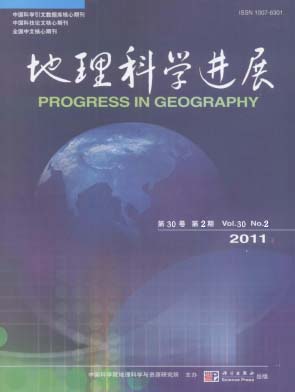Original Articles
HAN Zhigang, KONG Yunfeng, QIN Yaochen
Geographic representation is a fundamental problem of geography. It is a major challenge of geographical information science. From the mechanism, contents and forms of geographic representation, this article summarized the recent researches in this field. Geographic representation is an interactive process of spatial cognition, and information transformation and transport. The content of geographic representation includes four aspects: (1) geographic entity and its spatial relations, such as objects and fields entities, or topology, azimuth, measure and neighboring relations; (2) geographic uncertainty, such as the disposal of the fuzzy and non-precision problems; (3) geographic dynamics, including five driving factors, such as spatiotemporal activities, events, processes, change and movement; (4) geographic ontology, such as the disposal of the geographic concepts and knowledge. From the point of view of evolution, geographic representation goes through the development process from natural language description, map to GIS; and as the technology advances, new forms are also developed, such as virtual geographic environments, geographic augmented reality and geographic hypermedia. The limitation of current geographic representation research is also analyzed. Finally, the extensions to geographic representation are discussed from the aspect of the development of new representation methods of spatial-temporal process and the selection and collaboration of geographic representation form, etc. The perspectives of geographic representation are also proposed in theory, method and computation according to the UCGIS research plan.
